As the begrudging owner of some of The World’s Most Sensitive Skin and a frequent skin care shopper, I’m constantly trying to figure out what products will be a good match for me.
Historically, I would be easily swayed by nice packaging or things that my friends had loved, but after trying a whole lot of products that have either a) done nothing for me, or b) deeply annoyed my skin, I’ve learnt to ignore the hype and shelfie potential and focus on what’s inside the product.
Enter: Niacinamide. The game-changing ingredient that’s been popping up everywhere in the beauty industry.
So! What actually is niacinamide?
Niacinamide is a potent skin brightening agent that boasts skin-soothing, glow-boosting, face-plumping benefits and leaves your skin glowing, hydrated and firm. It’s also commonly referred to as Vitamin B3 in skin care-y circles.
What does niacinamide do?
A whole lot, as it turns out. Niacinamide evens out skin tone and ensures your skin stays bouncy and hydrated longer. But it doesn’t stop there. Niacinamide is best known for:
- Giving an instant radiance boost. Niacinamide quickly revives dull, sad skin, leaving you with a more even skin tone and a healthy, glowing complexion.
- Calm redness and breakouts. Niacinamide is mega-soothing and calming, making it great for evening out skin tone and reducing redness. (Re: Is perfect for skin that is bitchy, breakout-y or inflamed-y.)
- Shielding the skin from premature ageing. It's a powerful anti-ageing ingredient. Niacinamide keeps skin hydrated, plump, and improves barrier function to lock in moisture.
What skin types can use niacinamide?
Niacinamide is great for all skin types, which means that if you have skin, and we reckon you might, you should have no issues using niacinamide (but as always: please please patch test your products before slathering them all over your face). And though it’s good for all skin types, it’s especially loved by those with red, sensitive, or dull skin.
I heard you can’t use vitamin c and niacinamide together, is that true?
False! That’s a widespread myth that’s been debunked many times. Dermal therapist and skin expert, Yadira Cauchi explains “some people suggest it’s best to not use vitamin c and niacinamide together, however, recent research has shown this to not be accurate. I personally use a niacinamide serum on top of a vitamin c in the morning, but some products combine the two ingredients as well.”
Okay! So are there any ingredients you shouldn’t use niacinamide with?
Where possible it’s best to avoid using your niacinamide with any AHAs, BHAs, or PHAs. “Though you can use niacinamide and hydroxy acids together if you can help it, I’d try to avoid,” says Yadira. “You see, niacinamide tends to work best in a neutral pH environment, while hydroxy acids tend to have an extremely low pH level. Which means when combined it produces nicotinic acid, which can potentially lead to irritation, or skin flushing. While it’s not the end of the world and won’t do too much harm, the two ingredients basically cancel each other out.”
Very Mattifying Primer
Blurring Smoothing Primer
Very Mattifying Primer a lightweight, skincare-infused primer that keeps oil balanced, skin hydrated, and makeup well-behaved.
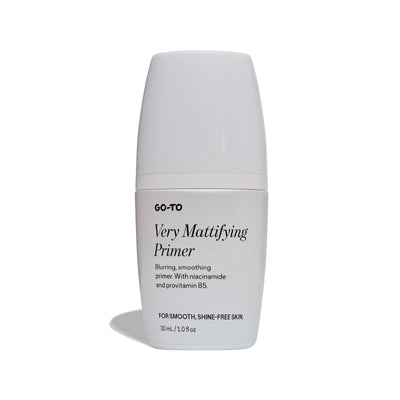
Transformazing
Sheet Mask
Transformazing is a serum-drenched sheet mask that transforms your skin into very amazing, very glowy, very luminous skin in just 10 minutes.
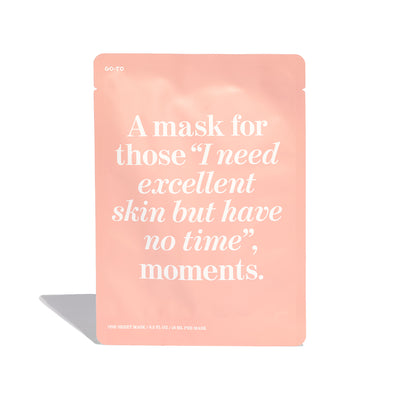






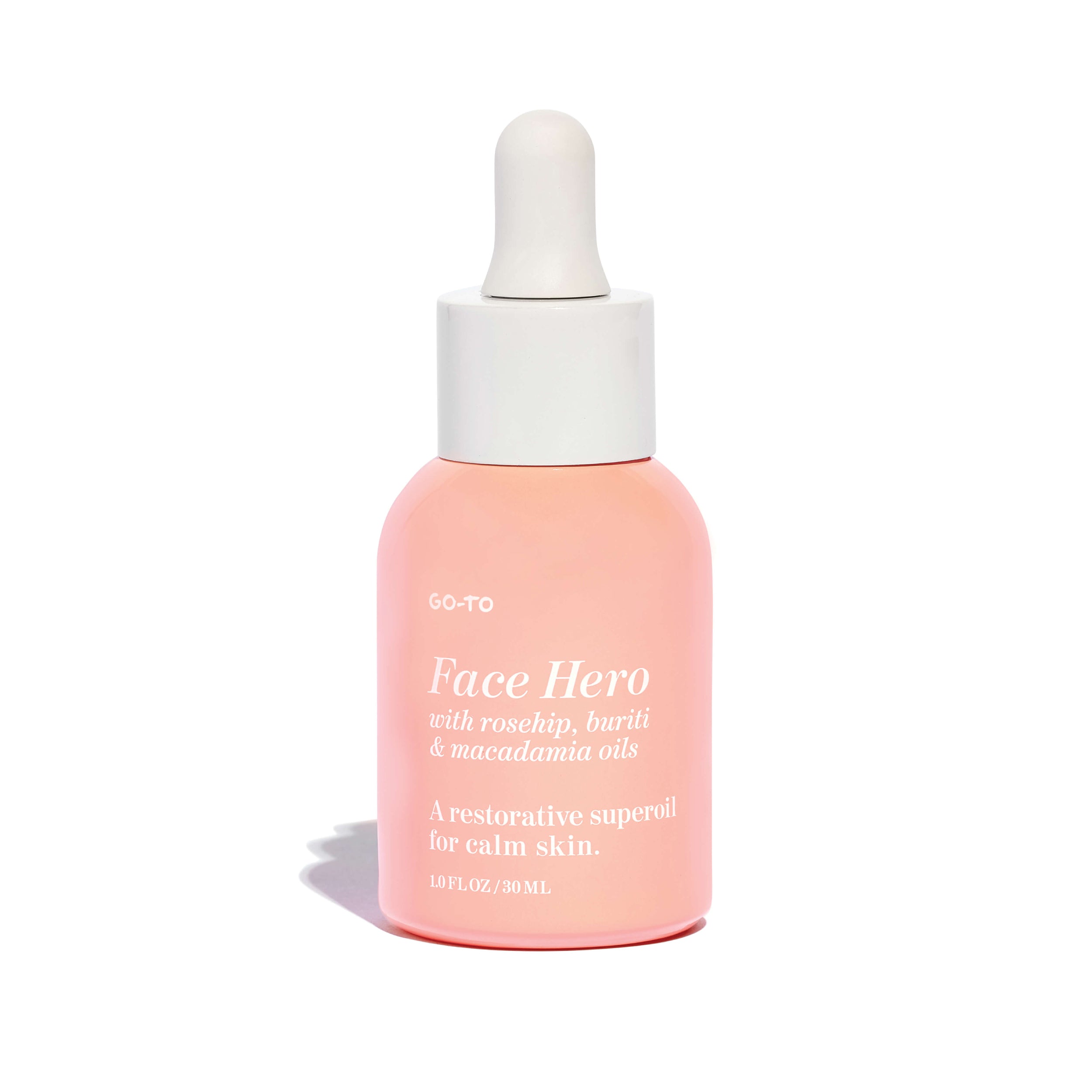







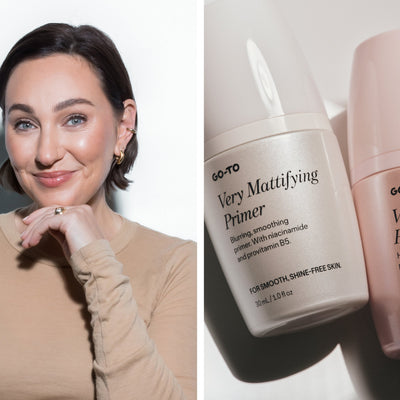
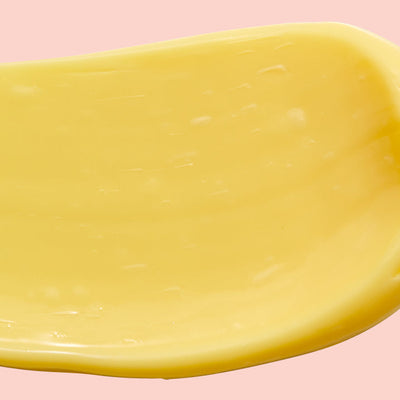
Comments